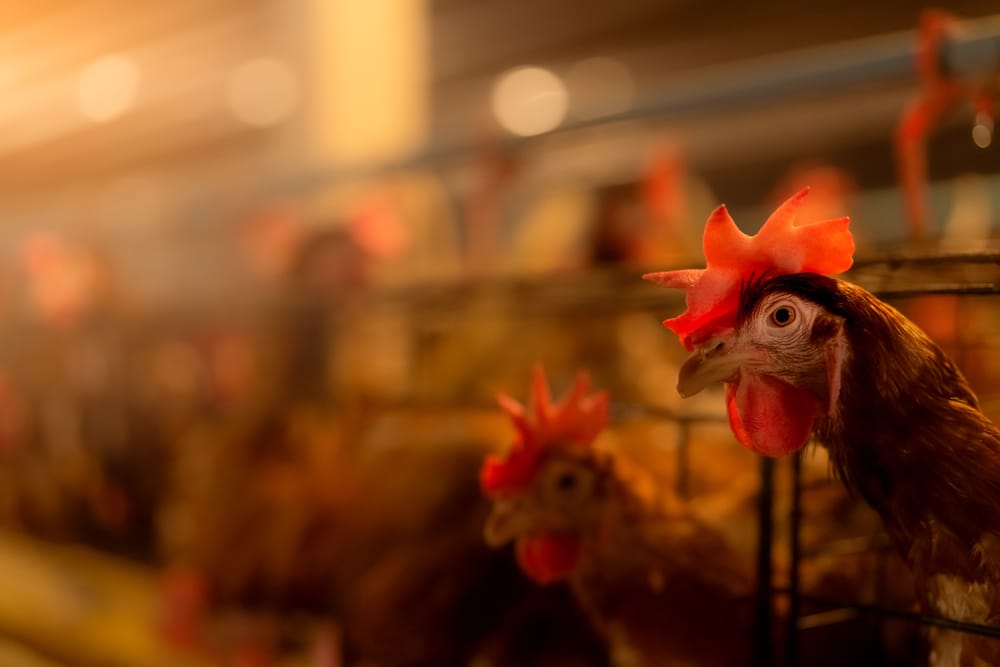A bird flu virus that’s sweeping across the U.S. is rapidly becoming the country’s worst outbreak, having already killed over 37 million chickens and turkeys and with more deaths expected through next month as farmers perform mass culls across the Midwest.
Under the guidance of the federal government, farms must destroy entire commercial flocks if just one bird tests positive for the virus, to stop the spread. That’s leading to distressing scenes across rural America.
According to Yahoo News, In Iowa, millions of animals in vast barns are suffocated in high temperatures or with poisonous foam. In Wisconsin, lines of dump trucks have taken days to collect masses of bird carcasses and pile them in unused fields. Neighbors live with the stench of the decaying birds.
The crisis is hurting egg-laying hens and turkeys the most, with the disease largely being propagated by migrating wild birds that swarm above farms and leave droppings that get tracked into poultry houses.
That’s probably how the virus contaminated egg operations in Iowa, which produce liquid and powdered eggs that go into restaurant omelets or boxed cake mixes. Further north under the same migration paths lie Minnesota’s turkey farms, which supply everything from deli meats for submarine sandwiches to whole birds for the holidays.
Prices for such products are soaring to records, adding to the fastest pace of U.S. inflation in four decades. The supply deficits triggered by the flu also come as world food prices reach new highs. From the war in Ukraine to adverse weather for crops, it’s all throwing supply chains into turmoil and compounding the crisis that’s pushed millions of people into hunger since the start of the pandemic.
“Just when you thought it couldn’t get any worse, here comes the bird flu,” said Karyn Rispoli, an egg market reporter at commodity researcher Urner Barry. Wholesale egg prices touched a record $2.90 a dozen in April in government data. Whole turkeys touched an all-time high $1.47 a pound according to Urner Barry.
The last time bird flu hit the U.S. in 2015, it took the lives of about 50 million animals by the end of the season and cost the federal government over $1 billion dollars, as it handles the killing and burying of birds. At the time, the industry beefed up its biosecurity around poultry houses, installing sound cannons to repel wild birds, or even carwashes so that farm trucks wouldn’t bring contamination from one farm to another so that there wouldn’t be a repeat.










